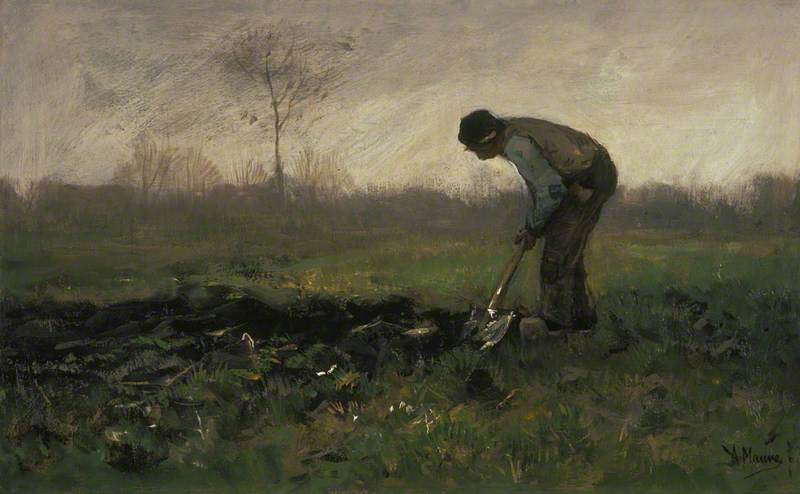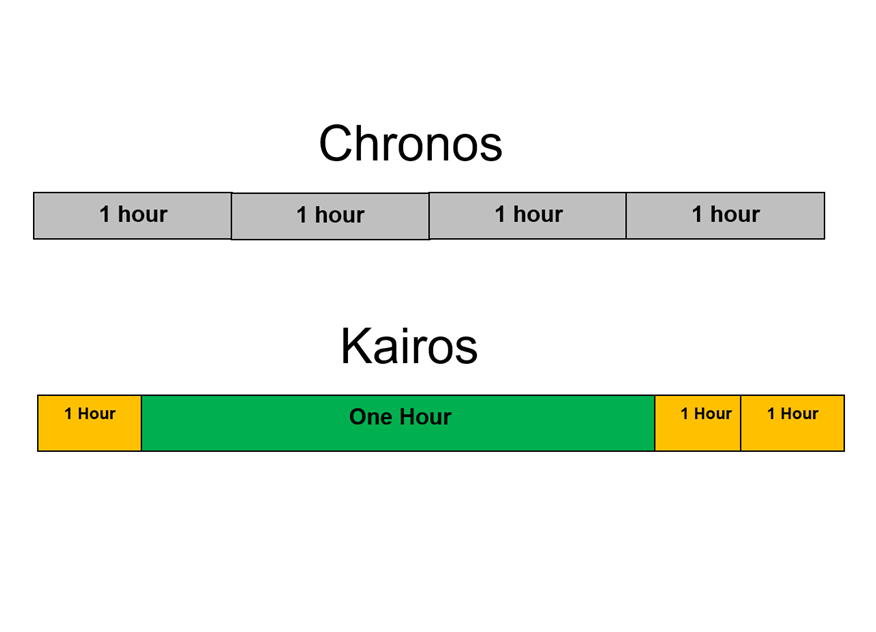FC Barcelona's badge is one of the most famous in football and the whole world of sport.
But why does it look like that?
Well, the story involves St George and the dragon, a school rugby team from England, and a man called Wilfred the Hairy...
But why does it look like that?
Well, the story involves St George and the dragon, a school rugby team from England, and a man called Wilfred the Hairy...

FC Barcelona was founded in 1899 by a group of foreigners led by a Swiss businessman called Hans Gamper — or Joan Gamper in Catalan.
The club's first badge was simply an altered form of the coat of arms of the city of Barcelona, with the club name around the edge:
The club's first badge was simply an altered form of the coat of arms of the city of Barcelona, with the club name around the edge:

But in 1910 Gamper decided that the club should have a unique crest.
A competition was held and the winner was a player called Carles Comamala.
Unlike that of most teams, Barça's badge has remained essentially the same ever since they adopted Comamala's design in 1910.
A competition was held and the winner was a player called Carles Comamala.
Unlike that of most teams, Barça's badge has remained essentially the same ever since they adopted Comamala's design in 1910.

So, what was the inspiration for Comamala's design?
The lower half features a golden ball and seven stripes in club colours — the now legendary blue and garnet, or "Blaugrana".
But why did the club have those colours in the first place?
The lower half features a golden ball and seven stripes in club colours — the now legendary blue and garnet, or "Blaugrana".
But why did the club have those colours in the first place?

Popular myth says that the colours were chosen by Joan Gamper because they were the colours of FC Basel, a team he had played for back in Switzerland — who still play in those colours to this day.
But, in truth, it seems to have been a coincidence...
But, in truth, it seems to have been a coincidence...

One of the foreigners who helped Gamper set up Barça was an Englishman called Arthur Witty.
Getting kits in those days wasn't easy, and so Witty brought across some old rugby shirts from Merchant Taylor's School in Liverpool, where he was educated.
They wore blue and garnet...
Getting kits in those days wasn't easy, and so Witty brought across some old rugby shirts from Merchant Taylor's School in Liverpool, where he was educated.
They wore blue and garnet...

What about the red and gold stripes in the top right corner?
That is the "Senyera", a flag based on the coat of arms of the Crown of Aragon, a Medieval kingdom in north-eastern Spain.


That is the "Senyera", a flag based on the coat of arms of the Crown of Aragon, a Medieval kingdom in north-eastern Spain.


The Senyera is used as the flag of Catalunya (of which Barcelona is the capital), Aragon, the Balearic Islands, and the Valencian Community.
It is also included on the coat of arms of several countries, regions, and cities.
But where did this centuries-old flag come from?
It is also included on the coat of arms of several countries, regions, and cities.
But where did this centuries-old flag come from?

Legend says that in the 9th century a man called Wilfred the Hairy, the Count of Barcelona, was mortally wounded while fighting for Charles the Bald, King of the Franks.
Wilfred (or Guifré in Catalan) got his nickname because... well, he was reportedly a very hairy man.
Wilfred (or Guifré in Catalan) got his nickname because... well, he was reportedly a very hairy man.

King Charles dipped his fingers in Wilfred's wounds and drew four stripes of blood on Wilfred's golden shield — this would become the flag for his family and a memorial of his sacrifice.
Alas, this myth was invented in the 16th century, long after Wilfred's lifetime.
Alas, this myth was invented in the 16th century, long after Wilfred's lifetime.

But even if the Senyera's origins aren't clear, we know it is very old — indeed, one of the oldest physical flags in the world is a version of it.
Called "the Pennon of Conquest", it was raised by the Moors of Valencia as a sign of surrender to King James I of Aragon in 1238.
Called "the Pennon of Conquest", it was raised by the Moors of Valencia as a sign of surrender to King James I of Aragon in 1238.

So, what about the red and white cross in the top left corner?
That is, of course, the cross of St George — the Christian saint famous for having slain a mythical dragon and saved a damsel in distress.
But this dragon-slaying George was a real person...
That is, of course, the cross of St George — the Christian saint famous for having slain a mythical dragon and saved a damsel in distress.
But this dragon-slaying George was a real person...

George was a Roman soldier born in modern-day Turkey who converted to Christianity.
At some point in the 4th century, during the persecution of Christians unleashed by Emperor Dioecletian, George was killed.
His bones were saved and Christians started to worship him as a saint.
At some point in the 4th century, during the persecution of Christians unleashed by Emperor Dioecletian, George was killed.
His bones were saved and Christians started to worship him as a saint.

But it wasn't until the Crusades that St George became one of Europe's most popular saints.
Both because he had come to be venerated as an ideal warrior and because the Crusaders brought his legends back to Western Europe from the Middle East, the home of his worship.
Both because he had come to be venerated as an ideal warrior and because the Crusaders brought his legends back to Western Europe from the Middle East, the home of his worship.

George eventually became the patron saint of countless countries, cities, and institutions, including England, Georgia... and Catalunya!
Thus Comamala chose the cross of St George because he was, and remains, the patron saint of the region.
Thus Comamala chose the cross of St George because he was, and remains, the patron saint of the region.
St George's Day (or La Diada de Sant Jordi) is a special day in Catalunya.
Each year, on 23rd April, local tradition is that books and roses are exchanged.
Thus the streets of Catalunya are filled with book stalls and bouquets of roses in celebration of love and literature.
Each year, on 23rd April, local tradition is that books and roses are exchanged.
Thus the streets of Catalunya are filled with book stalls and bouquets of roses in celebration of love and literature.

The final element is that golden ball in the lower half — Comamala's choice was strangely prophetic.
Why? Successive players and managers like Rinus Michels, Johan Cruff, and Pep Guardiola have crafted a club identity focussed on and famous for how uniquely they use the ball.
Why? Successive players and managers like Rinus Michels, Johan Cruff, and Pep Guardiola have crafted a club identity focussed on and famous for how uniquely they use the ball.

And that's the story of FC Barcelona's legendary badge — and of how the past endlessly, invisibly shapes the present.
Notice how the top half represents Barça's regional and political history, and the lower half is specific to the club's footballing identity.
Iconic.
Notice how the top half represents Barça's regional and political history, and the lower half is specific to the club's footballing identity.
Iconic.

• • •
Missing some Tweet in this thread? You can try to
force a refresh




















